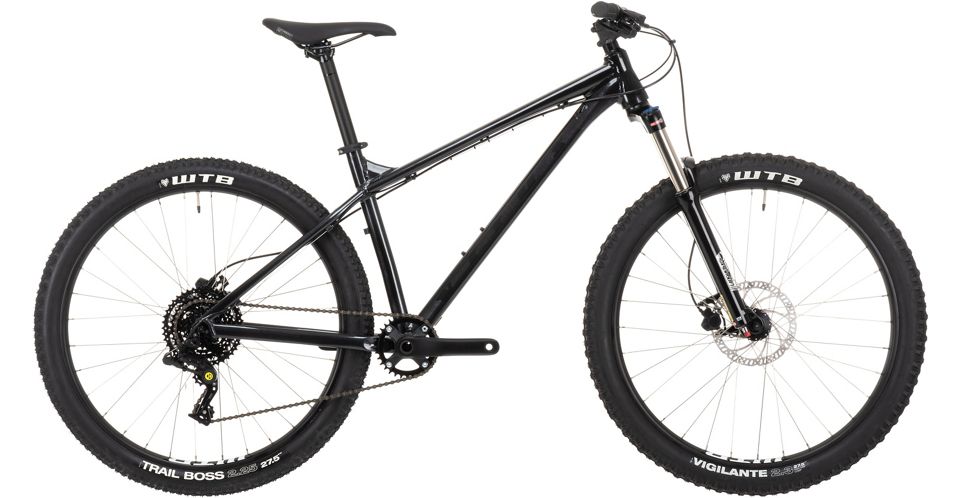Cannon 64 Gun, Wide Body, 60 min. Fire-Resistant Gun Safe, TS5940-60-H12FEC-20
Fire rated at 1200 degrees for 60 minutes. Dual stage triple fin door seal that expands when introduced to heat. Triple-hard anti-drill locking plate. 10 solid steel locking bolts, each of the 7 live-action bolts are 1.25 in. diameter x 4 in. long.
Burglars and fires have no chance against the Cannon TS5940-60-H12FEC-20 Wide-Body 60-Minute Fire-Resistant Gun Safe. with patented internal hinges, the Cannon TS5940 protects what matters most. Equipped with 10 4 in. long bolts, a solid steel unibody design, 60-minute fire protection and 64-gun capacity, the Cannon TS5940 is the perfect addition for your home’s security. Add this tough gun safe to your home today.
- Fire rated at 1200 degrees for 60 minutes
- Dual stage triple fin door seal that expands when introduced to heat
- Triple-hard anti-drill locking plate
- 10 solid steel locking bolts, each of the 7 live-action bolts are 1.25 in. diameter x 4 in. long
- Patented TRUlock internal hinges to protect against hinge-side pry attacks
- Solid steel construction
- Customizable interior with door organization and 5 adjustable shelves
- Holds up to 64 long guns
- UL Listed Lock – the highest grade locking system
- CA DOJ Approved
Backed by Cannon’s transferable Lifetime Repair/Replacement Warranty – If your safe is damaged in fire, natural flood, or burglary, we will repair or replace your safe
Additional information
| Product Weight | 640 lb. |
|---|---|
| Product Length | 24 in. |
| Product Height | 59 |
| Product Width | 40 |
| Average Gun Capacity | 64 long guns, 9 handguns, and 1 rifle |
| Battery Size | 9V |
| Bolt Diameter | 1.25 in. |
| Cubic Feet | 20.4 ft. |
| Door Thickness | 3.92 in. |
| Fire Rating | 60 min. |
| Interior Depth | 17.47 in. |
| Interior Height | 56.11 in. |
| Interior Width | 35.87 in. |
| Number Of Live-Locking Bolts | 7 |
| Total Number of Bolts | 10 |
| Wall Thickness | 3.92 in. |
| Warranty | Lifetime warranty in residential use, Warranted against defects in workmanship |






by Angie
Excellent safe, very heavy do have help to bring in house
by Savage
Great safes! I bought 2 of these, unfortunately one of them had scratches on it. I contacted Tractor Supply, and they told me to contact Cannon, so I did and they are supposed to be sending me some touch-up paint.
by Angeray
Safe is amazing and just what he wanted. Delivery was a little bit of a hassle but it made it before I went out of town. Thank you!!!